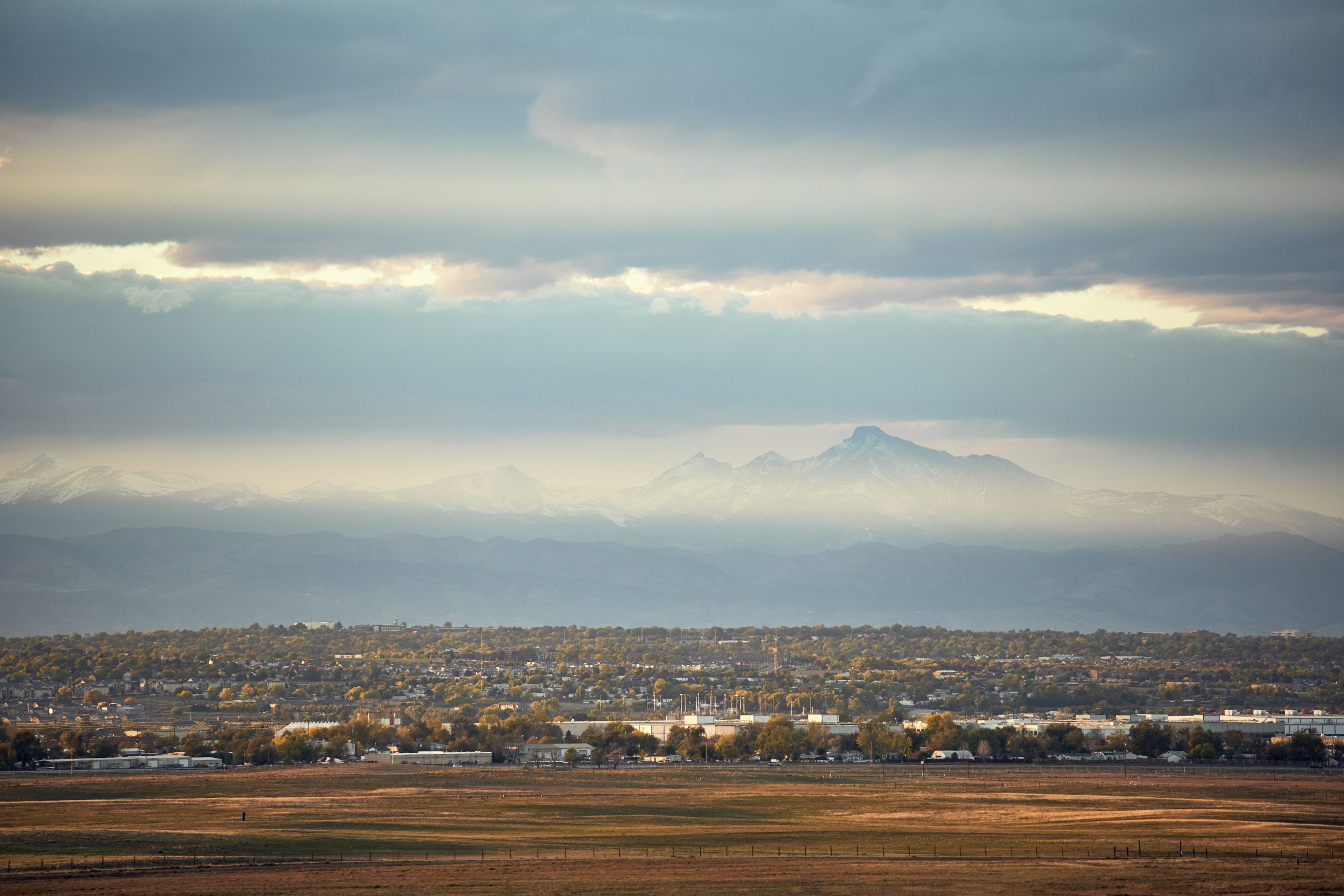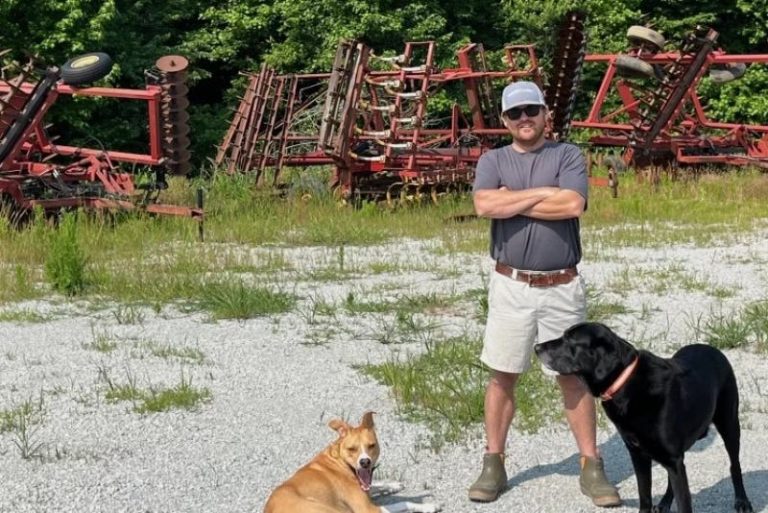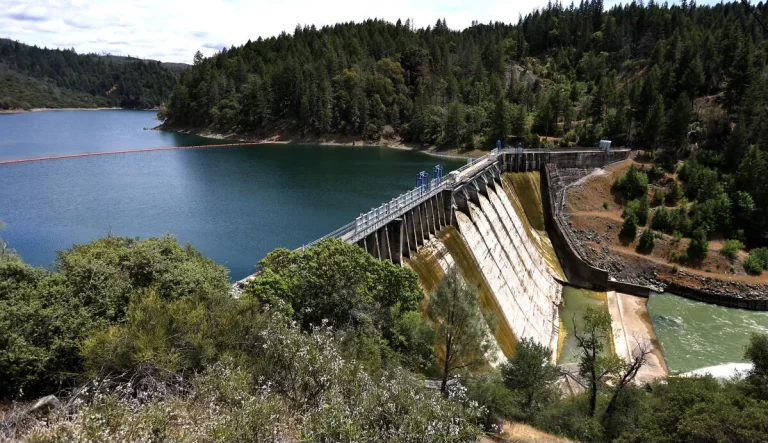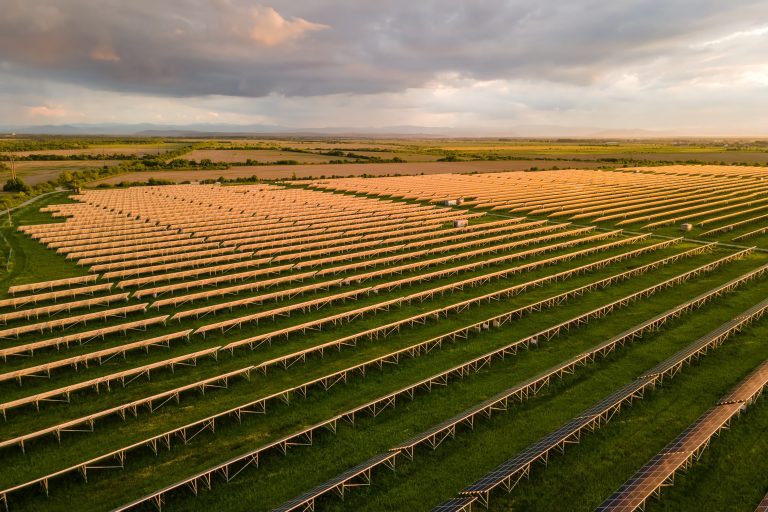Northern Colorado’s Deep-Water Project Promises Growth—But Could Leave Farmers High and Dry
As Northern Colorado drills deeper to quench its urban thirst, the true cost may be buried in the fields—where farmers risk losing the water beneath their feet. What happens when the race to build homes collides with the struggle to grow food? Our full investigation reveals how a celebrated aquifer project could quietly destabilize agriculture, drive up costs for rural families, and deepen America’s growing divide between city and soil.
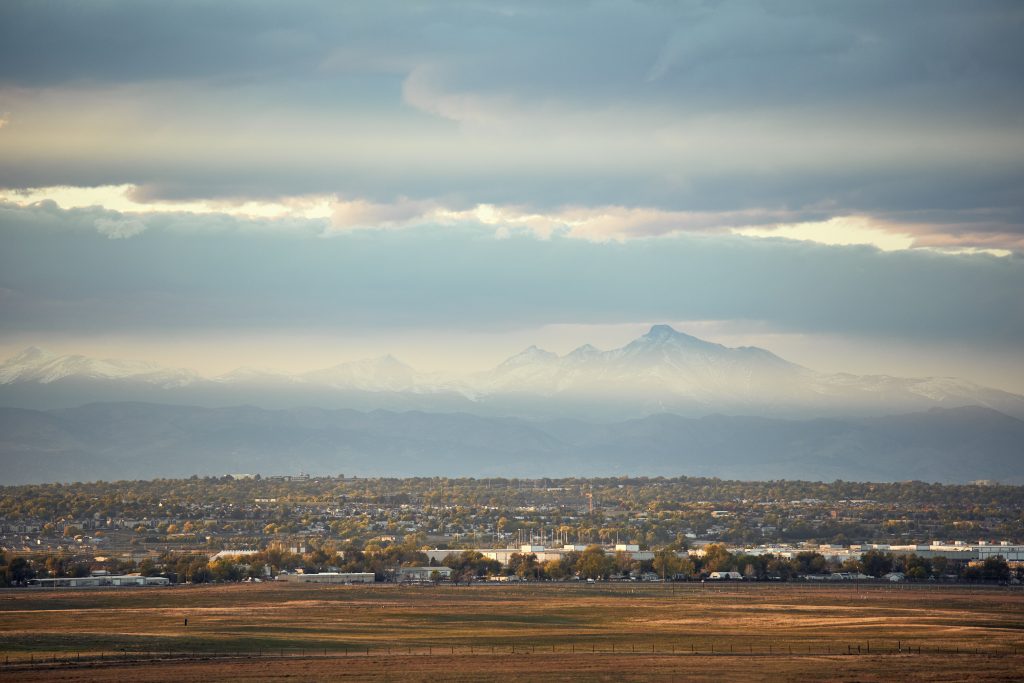
When the Fort Collins–Loveland Water District unveiled plans to tap a deep aquifer almost 800 feet below ground in Weld County, the project was celebrated as a cutting-edge way to buffer urban growth against drought. But a closer look reveals a more complicated story—one where the invisible consequences of groundwater extraction could strain agricultural communities, disrupt rural livelihoods, and weaken our food system.
Risk of Groundwater Pressure Impacts on Farms
Although water is being withdrawn from a confined deep aquifer, science tells us that aquifers are interconnected systems. Even small pressure changes underground can ripple up into shallower aquifers that farmers rely on. Alarmingly, satellite data show widespread groundwater depletion across the larger Colorado River Basin, raising the risk that even deeper withdrawals could dry out farming wells, push others deeper, or increase pumping costs (wikipedia.org).
Subsidence & Infrastructure Damage
Over-extraction from underlying aquifers has historically caused land to sink—known as subsidence—a phenomenon documented sharply in California’s Central Valley. In Owens Valley, subsidence and aquifer dryness triggered violent conflict in the 1920s when urban water projects drained farming land . Today, the same deep extraction poses a threat to irrigation pipelines, pivot systems, roadways, and building foundations.
Rising Costs for Farmers
Declining groundwater leads to deeper, more expensive wells and greater energy usage for pumping. In regions like the southern Colorado River Basin, irrigators are seeing steep fees and higher operational costs—on top of agricultural vulnerability due to rising energy and fertilizer prices . Smaller farms, in particular, may lack the capital to adapt, and junior water rights holders are usually first to feel the pinch.
Water Rights & Unequal Impact
Colorado’s “first in time, first in right” doctrine often favors municipal and older rights holders. With this aquifer plan drawing on river-return flows and senior rights, small-scale farmers—especially those with junior claims—might lose out silently, forced to pay more or drill deeper without any legal or financial recourse .
When Recharge Doesn’t Meet Demand
The district says they will recharge the aquifer during wet years using surface water. However, actual recharge success depends on timing, water quality, and how quickly that water becomes usable by farmers. Lessons from California’s San Joaquin and communities like Terranova Ranch show recharge programs often fall short of restoring usable groundwater to neighboring farms wired.com.
Lessons from Other Regions
LocationMunicipal ProjectAgricultural FalloutOwens Valley, CALos Angeles Aqueduct drew water from valley, collapsing farming economy, sparked farm sabotage and lawsuits en.wikipedia.org.Farmers lost all groundwater; land subsided and soil suffered.Central Valley, CAMassive pumping for urban and agribusiness, with poorly regulated recharge .Rising costs, well failures, subsidence, salinity problems.San Antonio, TXEdwards Aquifer tapped for growing city, with regulated conservation easements .Agricultural users forced to adopt conservation practices or risk reduction—but collaboration provided some protections.High Plains (Ogallala)Sustained agricultural pumping without adequate recharge .Projected to lose over 24% of irrigated land by 2100; farms shifting land use or closing.
These case studies show that without active oversight and enforcement, groundwater projects intended to support urban growth end up draining farms, degrading land, and eroding rural economies.
The Indirect Cost to Our Food Supply
As agricultural wells go dry or become more expensive to run, farm budgets tighten and small operations are squeezed out. Farmland may fallow or be converted, disrupting local food production and supply chains. Nationally, the Ogallala Aquifer supports 30% of U.S. crop and animal output—yet significant portions are projected to become non-viablegoverning.comportal.nifa.usda.gov. In Colorado, farmland contributes $600 million in Lower Basin crop value, yet urban and legal pressures continue to favor municipalities eesi.org. The result? Less food grown close to home, more dependence on long-distance supply chains, and greater vulnerability to global disruptions.
How Colorado Can Do Better
To avoid repeating destructive patterns, the Fort Collins–Loveland Water District must implement safeguards now:
- Transparent, real-time groundwater monitoring, in both deep and shallow aquifers adjacent to farms.
- Financial support for farmers—grants or subsidies to deepen wells, upgrade pumps, or offset energy bills.
- A farmer-led advisory council, empowered to set drawdown limits and recharge schedules.
- Legal protection for agricultural priority users, ensuring that municipal expansion doesn’t disproportionally disadvantage farms.
Growth at a Great Cost.
Northern Colorado is poised to add over 5,000 homes in the next decade, placing pressure on water supply and municipal budgets. The aquifer project may shore up urban resilience, but unless it equally supports agriculture, the region risks betting its future on a water system that leaves food production behind. Because if farms hollow out, cities may have all the water in the world—but nothing much to fill the plates.

